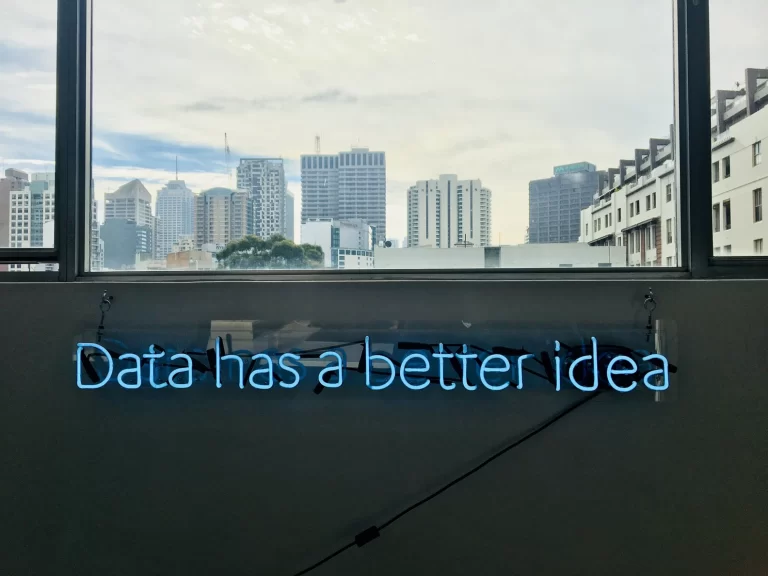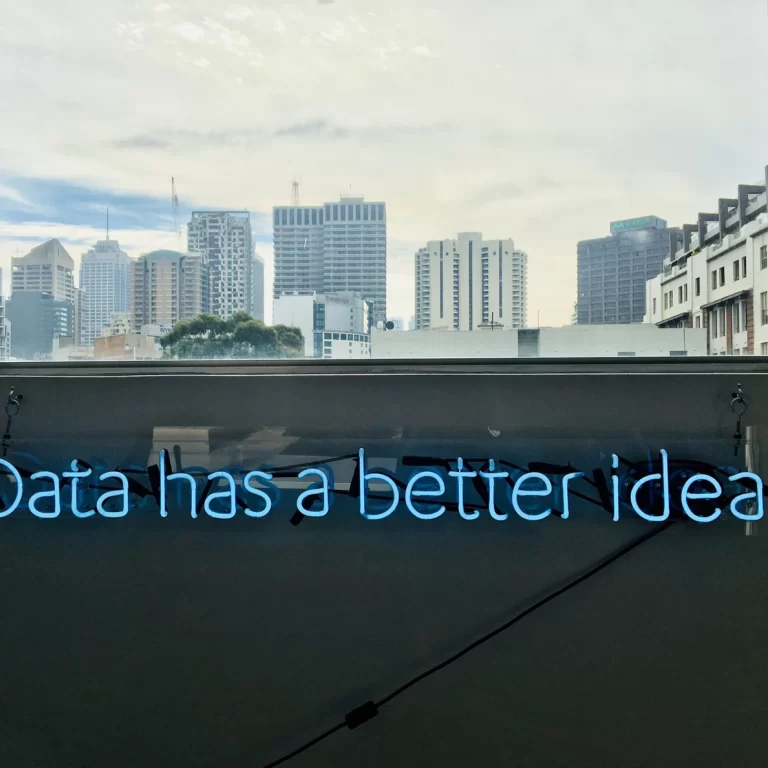Ceriph
The risk of a heart attack is about 20% greater on Mondays for adult men, and 15% greater for adult women (American Journal of Hypertension, 2005 – n=45,000).
Interesting stats taken from an in-depth research study. The data’s now a bit old and we might want to fact check it, but the underlying message is the same – the propensity to have a heart attack is greatest on a Monday. Fortunately, it’s Wednesday today and I’m coping with the added stress of answering the questions; why is this the case and what do I do about it?
Logic, based on stereotypical working patterns will tell you that the ‘why’ is a result of two days’ relaxing over a weekend, being away from the heightened pressures of the job and the resulting increased stress of returning to work on a Monday morning. Makes sense. I’m sure most of us can relate at some point during our career to that feeling of dread of the looming end to the weekend.
Is this the only reason that we can attribute to the greater propensity? Probably not. What if we think about the fact people may have been feeling unwell on a Friday night, weren’t able to access medical help over a weekend and that backlog creates a skewed figure for the Monday? What if we think about a weekend full of excesses? Filling the two days with binging on rich foods and consuming our own body weight in alcohol. That’s going to place a strain on the heart. Or perhaps the opposite – challenging our physical or mental capacity to run that half marathon or cycle that climb we’ve never attempted before without the right preparation.
The important thing about this is we’re starting to look for reason and meaning from the data. We’re framing some context for causation. What do we do about it? Well, there are some simple things like, do everything in moderation, know your limits or take Mondays off (change the stats, make Tuesday the new Monday).
We may need to tackle some of the deeper lying issues. How do I identify those feelings of anxiety? How do I manage stress? What are my coping mechanisms? Do I need to move role to get away from a certain manager? Should I find a new job? Do I need a career change? Could we survive financially if I worked 4 days a week? All plausible solutions to the, ‘I want to shoot the whole day down’ feeling. The real value here is that we’re linking the research data and the headline grabbing fact to potential solutions. We’re moving from the, ‘now I know that’ to the ‘tell me what to do about it’.
Just for a moment, let’s create a potentially hypothetical but equally plausible scenario. Professor Chris Whitty, Chief Medical Adviser to the UK Government calls Boris Johnson, Prime Minister on his mobile and says, “PM, I’m concerned. The R-Rate of infections has risen from 0.9 to 1.3”. The PM responds, “How do you know and what does that mean?”. Professor Whitty replies, “The research data clearly shows a sharp increase in infections which means the virus is spreading exponentially”. Mr Johnson retorts, slightly exasperated, “What on earth do we do about it, Prof”.
Now, I’m not going to try and provide solutions to the issue. I’m not qualified to do so. Cue the political football kicking. The point I’m making is that too often research and data leaves you asking the question, ‘So what?’. You’re crying out for real insight. Information that solves the problem, recommendations on what to do next. Pages of information have their place – the appendix. You want advice, a consultative approach, our knowledge and experience, simple, action-led outcomes wrapped in an easy to digest format.
Here are a few tips on how we deliver outcome-led insight for talent management and communications:
1. Constantly ask yourself, “so what?”. Justify why the information is in there in the first place.
2. For every fact you present, be clear of its importance to the business and how it plays out now and may do in the future.
3. Use scenario-based outcomes: If you do this, this may happen. If you don’t do that, this will happen.
4. Know how you want to present your insight at the point you design the research methodology. Work with your sponsor to understand how they prefer information to be presented. Multi-media, visually led, call outs with key findings, data tables.
5. Be innovative with your research methodology – embrace technology. Make focus groups interactive learning sessions – so everyone gets something out of it.
6. Use ethnography to bring situations to life, to capture meaning and emotion – retain the human insight. How people feel is a predictor of how they’ll respond to an outcome that requires change.
7. Iterate your insight capture with your client. Context is key. Some solutions may already be at an early stage of mitigation, some may not fly at all for whatever reason. Having narrative that lands across the business is important.
8. Focus on previous insight and data. It’s part of the story of how the business has arrived where it is now.




